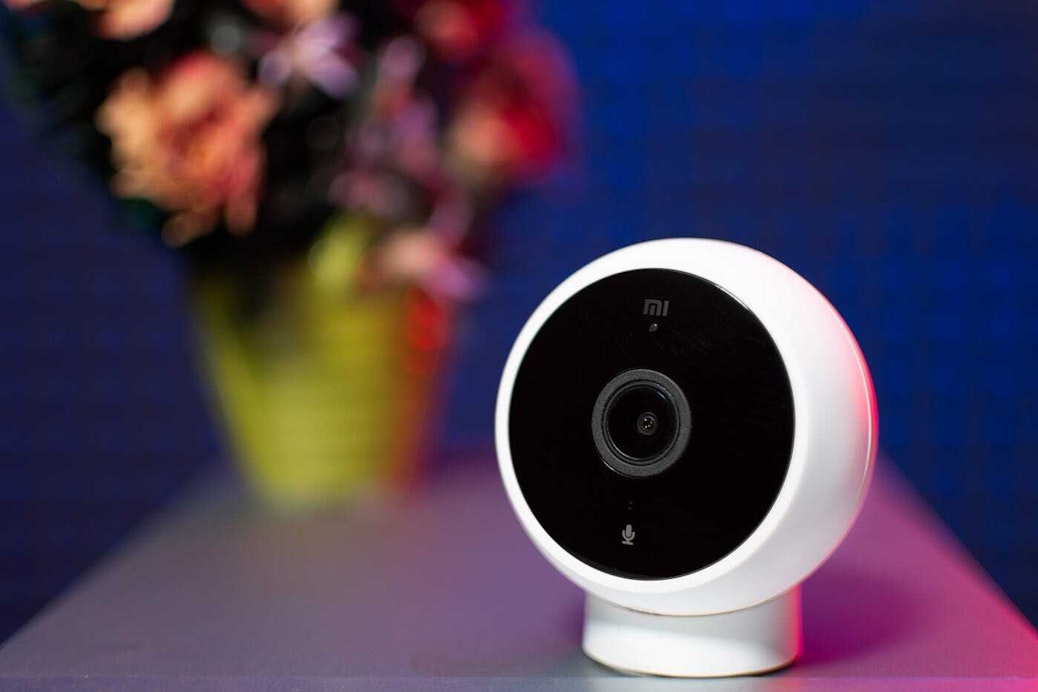
It is every company’s dream to build a product that transforms the lives of consumers in a positive way. This is especially true in the consumer electronics space, where businesses strive to develop a product that is functional, easy to use, and adds real value to customers. To actually sell the product, companies need the help of customers through online ratings and reviews, which can play a vital role in acquiring new customers.
Research from Statista found that 55.6% of Amazon shoppers fully trust product reviews on the site. What does this figure mean? Consumers often look to the e-commerce giant’s reviews to see whether or not a product is worth buying. With that in mind, I would like to share some proven techniques to improve your product’s Amazon ratings in 3 steps.
But first, here is some background on why you might have low ratings, along with more actionable tips on improving your product’s reviews.
Common Reasons For Low Amazon Ratings For Consumer Electronics Products
One of the main reasons why Consumer Electronics products have low Amazon ratings is because the newer, more advanced products, can be hard to set up. This roadblock is a major hurdle especially in the smart consumer electronics space.
Consider mobile devices and operating systems: it’s possible that you’ve tested your smart product’s app on 5, 6, maybe 10 different mobile devices because your business would like to ensure compatibility on all of them. However, this testing process can become more complicated when you take into account that an operating system may run on 24,000 different devices, as is the case with Android.
When you take all those possible configurations into account, it’s literally impossible to test an app on all those platforms, which makes it harder to get the perfect customer experience for your products.
Now add the fact that customers are more motivated to leave a negative review on your product when they have a bad experience than leave a positive review when they have a positive experience. Oftentimes, a customer who has a negative experience on a smart device or other consumer electronic will return the product first, and leave a bad review second. Sometimes they do both.
On the other hand, if a customer has a positive customer experience, it’s important to retain those customers and keep them happy.

Now that we’ve settled that, let’s discuss the first steps to take to improve your Amazon ratings:
Step 1: Start by Measuring Usage Behavior
To determine what type of user is likely to leave a negative review rather than a positive one, it’s imperative you measure a customer’s usage behavior. There are several elements that go into this step including:
- Measuring customer activity on mobile apps and physical devices: How much time customers are putting into using a product and adjoining mobile apps might help businesses determine whether or not they are enjoying their purchase.
- Focusing on the onboarding: The first steps of setting up the device, registering with an email and performing the first interaction with the device are critical. Most users will leave a bad review that is related to their onboarding experience.
- Do this with smart assistants too: It also helps to look at how much customers are using Alexa, Google Home, or other smart assistants to activate functions of the consumer electronic product they bought from your business.

Paying attention to usage behavior goes a long way towards understanding who the happy customers are or aren’t. If someone spent $499 on a set of smart speakers and they’re only using it for an hour a week, customers may be unhappy about some elements of this purchase.
Step 2: Reach Out to Struggling Users
Once you know who the struggling users are, reach out to them. Note that more than 50% of the consumer electronics product returns, by unhappy users, is due to issues with the onboarding process.
Whether it’s due to a difficult onboarding process, compatibility issues, or frequent app crashes, tapping a few buttons on your App might leave users frustrated. Other common symptoms include rage clicking, which is when users repeatedly click a button on your device or app out of frustration. In turn, this can lead to users giving your product a bad review on the e-commerce site.
In situations like these, it’s important that you interact with users immediately when you know these things are happening. When contacting them, learn what isn’t working for them at the moment, and find ways to improve their user experience. Consider offering new features and personalized customer care to help them become happy, frequent users. A Customer Experience Automation system will do this for you if you have a large amount of users.
Step 3: Turn Happy Users Into Brand Ambassadors
It helps to turn around struggling users into happy users. It helps just as much to keep happy users happy, and turn them into promoters. Happy customers can be identified as those who are using your “delight” features, do not experience technical issues or crashes and appear to have a habit of using your product regularly. Consider using Segmented NPS® (Net Promoter Score®) to identify promoters and detractors easily and accurately.
Turn these happy users into brand ambassadors by asking them to review your product if they wouldn’t mind. Find a “delight moment” through their experience with your product, and ask them to write a candid review. Do so in a neutral tone and don’t be too pushy (Tip: Never ask explicitly for 5 stars review).

If you get these happy users deeper into your brand, it can go a long way towards improving your overall ratings.
What Does It All Mean?
A better customer experience leads to a higher customer lifetime value, which directly impacts your revenue growth. You can push towards improving your customers’ experience by being proactive with struggling users and finding ways to help them have a better time with your product. Additionally, it helps to connect with happy customers and turn them into brand ambassadors, breeding positivity within your product that leads to higher Amazon ratings.
With Copilot, companies automate their Customer Experience based on deep data analysis to turn users into happy customers. Read more about us to learn how we can help improve your product’s ratings and review with these functionalities.






